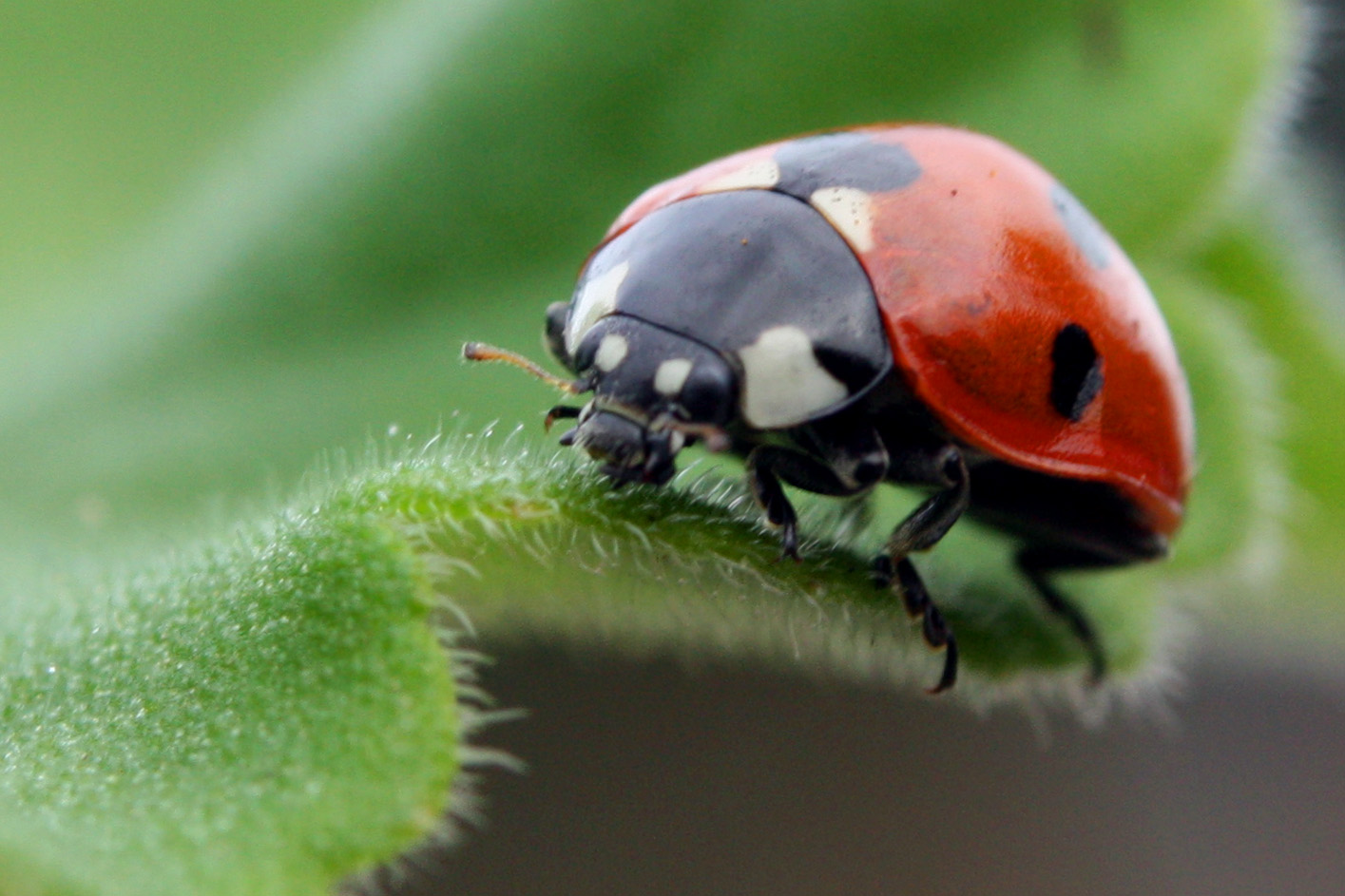Outdoor plants must thread their way through many hazards
during the hot months of summer in order to survive, but perhaps the most
common, and most deadly, is simple dehydration.
Plants, as well as animals, must maintain vital levels of
water within their systems to sustain life functions. Both desert adapted and imported plants will
benefit from the addition of water although different species, according to how
well they are adapted to desert environmental conditions, will require
differing amounts of the life-giving fluid.
Since excesses can be just as damaging to plants as deficiencies, proper
irrigation becomes a top priority for desert gardeners at this time of the
year.
Plants require water for several purposes. First, it is important to always remember
that all living things, plants as well as animals, are largely composed of
water. If water levels become deficient
in living plant tissues, plant vitality will be, at best, diminished. In our busy world, it is easy to forget to
turn on the faucet or properly adjust the timer in time to prevent serious
injury to plants. Because of this, many
plants suffer serious summer water stress damage.
Second, plants require water for cooling. The process of transpiration allows the plant
to absorb water from the soil through the roots and transport it to other parts
of the plant through special water conducting tissues. Some of the water reaching the leaves
eventually evaporates and drifts out through tiny holes, called pores, into the
outer atmosphere. This process of
evaporation and diffusion cools the plant.
Water deficient plants will have a warm feel to the leaves while
non-deficient plants will feel cool to the touch.
Third, water is essential for proper plant nutrition. If root absorption and transport of water and
nutrients doesn’t keep pace with the demands and consumption of the plant, the
plants begin to heat up, wilt, and starve.
Water is the medium that transports the nutrients from the roots to the
leaves where most of the nutrients are used in the process of growth and in the
formation of seeds.
The most common symptom of dehydration in Pinal County is
leaf dessication, or wilting or drying.
Symptoms include browning, blackening, and sometimes bleaching of leaf
tissue that gradually progresses from the tips and edges to between the veins
of affected leaves. In most cases,
little can be done to improve the appearance of these tissues once damage has
occurred. However, new damage can be
prevented by maintaining good soil moisture and fertility in the future.
Most trees and shrubs will endure moderate amounts of leaf
desiccation before they begin to show symptoms, although unseen damage in the
form of loss of plant vigor and vitality can occur. Generally a light
fertilization followed by deep watering will restore plant vigor.
Leaf wilting or drying usually appears first on inadequately-rooted
or marginally-adapted plants.
Shallow or limited rooting is very common in many landscapes
and plants with this problem will show dessication symptoms quickly. The quick onset of these symptoms can be
noticeably worsened by the hot, dry winds of summer.
Shallow-rooted trees such as the cottonwood and the
mulberry, tender-leaved species such as the silk oak and the ash, and
marginally adapted plants such as the rose are among the first to show
dessication symptoms. Plants sitting on
dry, compacted, salty, infertile, or chemically toxic soil are also often
affected. Root-binding and caliche
layers are other factors that can enhance these problems. Mature, older leaves usually show the
symptoms first because of their longer exposure and because plants give
nutrient priority to new growth.
When correcting plant dehydration, it is important not to go
overboard. Over-watering can be just as
hazardous as under watering. The most
common disease problem caused by over watering is root rot caused by the water
mold root rot fungi. Most of the water
mold root rot fungi, like Pythium, Phytophthora and Rhizoctinia,
do not work as fast as their first cousin,
Texas or cotton root rot, but all can be devastating to plants. These fungal diseases can occur at any time
in any season, although they are most commonly seen during the warm summer
months. In moist soil environments, the
disease organism proliferates and quickly engulfs the roots of susceptible
plants. Many types of plants can be
affected and death can occur within days of initial infection.
Root rot can, in most cases, be prevented by proper watering
techniques. Do not water on a set
schedule year round because plants require less water during the cool months
than they do during the warm months.
Watering at a summer rate in the winter will give the plant too much
water than can lead to disease. Watering
plants in the summer at a winter rate can quickly lead to dehydration. It is important to change the length of time
that an irrigation period will run, and the number of times each week that
water is applied, as the seasons change.
Varying the irrigation schedule so that plants get more
water in the heat of the summer and less water in the cool of winter will go a
long ways in preventing disease problems.
For the same reason, it is also important to know the soil moisture
conditions around trees and shrubs before the next irrigation is applied. If the soil is still wet when the next
irrigation is made, disease may occur.
Check the soil with a soil auger, shovel, or screwdriver to a depth of
six inches and feel the soil with a hand to judge the amount of water in the
soil. If the soil is still moist, hold
off watering. If it is dry, give the
plant a deep watering sufficient to fill the entire rooting zone and to leach
out harmful salts.


